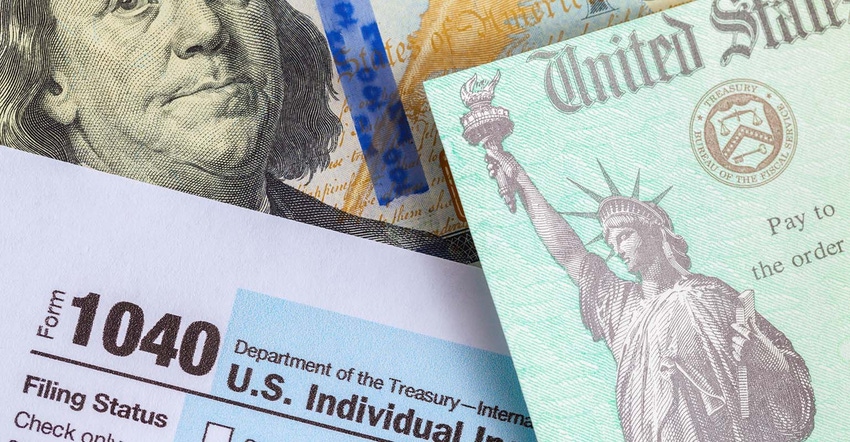
With the 2022 calendar year closing shortly, most farmers have taxes on their mind. Over the next few weeks look for this blog as we discuss several tax management strategies you should focus on.
Let’s start with maximizing tax brackets. The main premise is to have as much income at lower marginal tax rates to keep income away from possibly being taxed at higher rates in future years. As your income reaches certain levels, the rate of tax that you pay increases. Information on rates and income thresholds are provided by the IRS; with 2022 information provided here.
For a married filing jointly couple, income up to $20,550 is taxed at 10%, income between $10,276 and $83,550 is taxed at 12% (i.e. 12% tax bracket), etc. If the couple has taxable income of $25,000, we consider them to have a marginal tax rate of 12% because any additional income would be taxed at 12%. However, the actual tax they would pay is $2,589, which is 10.36%. The 10.36% is their effective tax rate. Every additional dollar that they made over $20,550 was taxed at 12% but all income up to $20,549 will only be taxed at 10%.
We will set the following scenario for the couple: their farming operation showed $25,000 taxable income in two previous years but they had exceptional profits in the current year with no ability to defer income or accelerate expenses, making $199,000. The tax on the income over the past three years (without considering self-employment taxes and using the 2022 tax bracket for all years) would look like the following:
If the couple would have allowed more income in 2020 and 2021, there would not be as much income in 2023 to be taxed at that 24% rate. Maximizing the 12% tax bracket for YR1 and YR2 would effectively smooth income and the tax liability to look like:
By maximizing the 12% tax bracket through the three-year period, the couple would save roughly $12,000 and prevent a massive spike in their taxes in 2022. This income smoothing is effectively how the Schedule J – Income Averaging for Farmers and Fisherman functions. However, Schedule J can only be used on income from the farm or fishing operation; so it is less effective when there are greater proportions of non-farm income.
I use the term “allow more income” because there are elections that change the timing of income and/or deductions as allowed within the Internal Revenue Code that allow farmers to do this (which we will get into more in the next article).
By no means should these be considered “tax loopholes” though. Producing commodities is an extremely volatile market and the elections and deductions that farmers are allowed to make in the Internal Revenue Code are meant to help smooth income streams so farmers can keep farming.
The opinions of the author are not necessarily those of Farm Futures or Farm Progress.
Read more about:
TaxesAbout the Author(s)
You May Also Like






